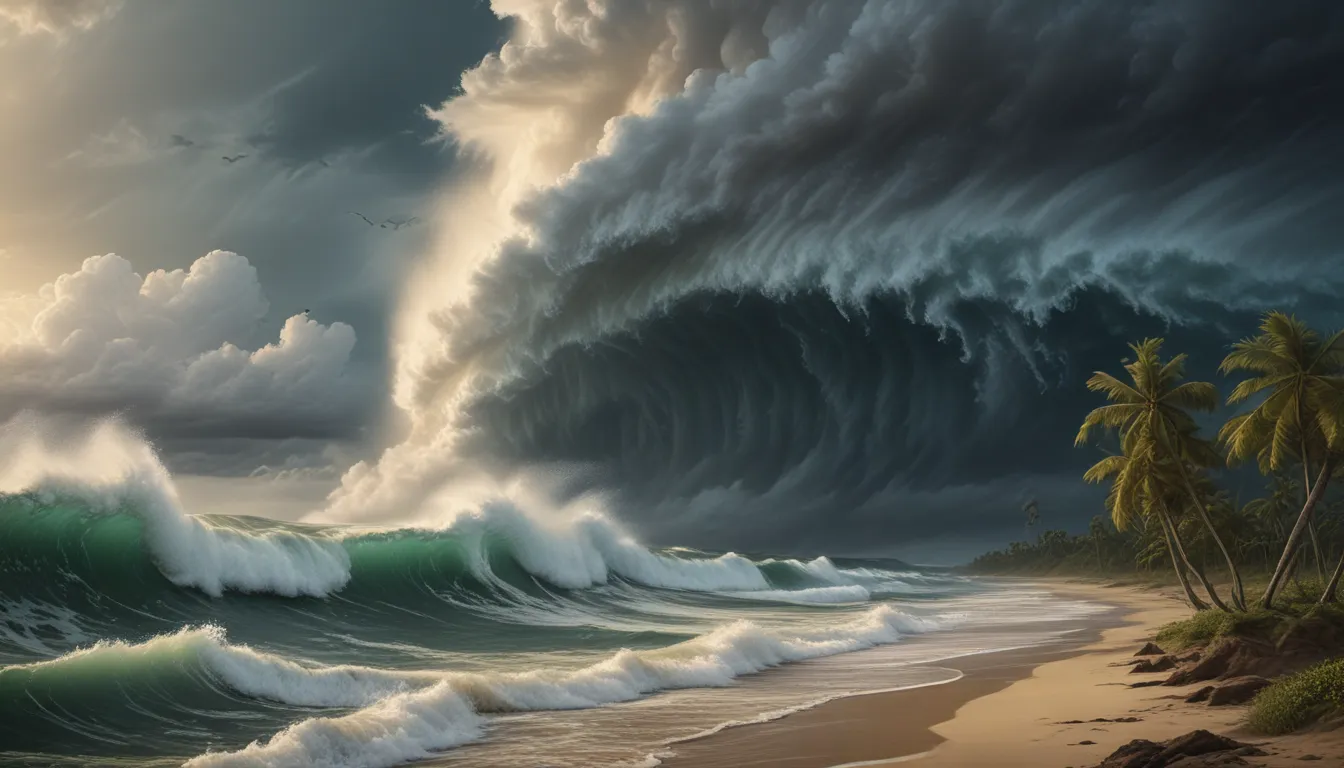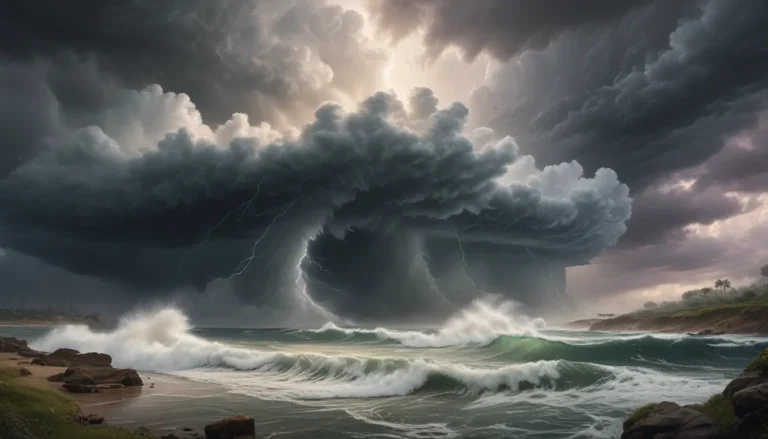A Note About Images: The images used in our articles are for illustration purposes only and may not exactly match the content. They are meant to engage readers, but the text should be relied upon for accurate information.
Welcome to the fascinating world of hurricanes! These massive forces of nature can be both destructive and awe-inspiring. To help you better understand and appreciate these tropical storms, let’s explore some essential hurricane facts that will blow you away. From their origins to their impact, each detail offers valuable insights into the power and complexity of hurricanes.
Unveiling the Power of Hurricanes
Hurricanes are giant tropical storms that generate heavy rainfall and extremely strong winds. The wind speed of a hurricane can exceed 252 kph, faster than an average car. The word “hurricane” comes from the Taino word “huricán,” the Carib Indian god of evil. These powerful storms start when warm seas rise into a cooling atmosphere and form into a tropical system. As the hurricane orbits around the eye of the storm, there is a slight calm within that radius.
Exploring the Impact of Hurricanes
Since 1953, the World Meteorological Committee has provided lists of names for hurricanes. These names are rotated every few years, but if a hurricane causes significant damage, its name will not be reused. Hurricanes can bring both destruction and good things to the sea. While hurricanes can break up bacteria and red tide, they also provide a Global Heat Balance for the Earth. Additionally, hurricanes play a role in dispersing seeds and promoting new plant and animal life.
Unveiling Fascinating Hurricane Facts
- The size of a hurricane can reach up to 600-800 km in diameter, determined by the diameter of hurricane- and gale-force winds.
- The number of hurricanes has increased over the years, with some researchers attributing the rise to natural cycles and global warming.
- Hurricanes have been observed to be evolving, with increases in their frequency and strength.
- Hurricanes are also known as cyclones and typhoons, depending on where they occur in the world.
Hurricanes are measured on a scale from 1 to 5, based on their wind speed and potential property damage estimation. Categories range from Category 1 with winds of 120 to 152 km/h to Category 5 with winds exceeding 252 km/h.
Delving into Hurricane History
The deadliest hurricane in U.S. history was the Great Galveston Storm in 1900, which claimed over 8,000 lives. Hurricane Wilma holds the record for the strongest Atlantic hurricane ever recorded, reaching 882 MBAR in October 2005.
Navigating Hurricane Mysteries
Scientists are still uncertain about what triggers hurricanes. These powerful storms form during warm temperatures when moist air rises and creates a spiral effect with lowered air pressure. Female hurricane names were introduced in 1953 by the National Hurricane Center, sparking controversy that led to the inclusion of men’s names in 1979.
Staying Safe During a Hurricane
It’s crucial to stay prepared for hurricanes by having essential supplies like drinking water, non-perishable foods, batteries, a battery-powered radio, flashlight, and a whistle for signaling help. Contrary to popular belief, opening windows during a hurricane can weaken your home, so it’s best to seek shelter in a sturdy area.
Conclusion
Hurricanes are awe-inspiring natural phenomena that demand respect and preparation. By understanding their origins, impact, and characteristics, we can better appreciate the complexity and power of these tropical storms. Whether it’s exploring historical hurricanes, debunking myths, or learning about hurricane preparation, every detail sheds light on the remarkable world of hurricanes. Stay informed, stay safe, and embrace the wonder of these massive forces of nature.






